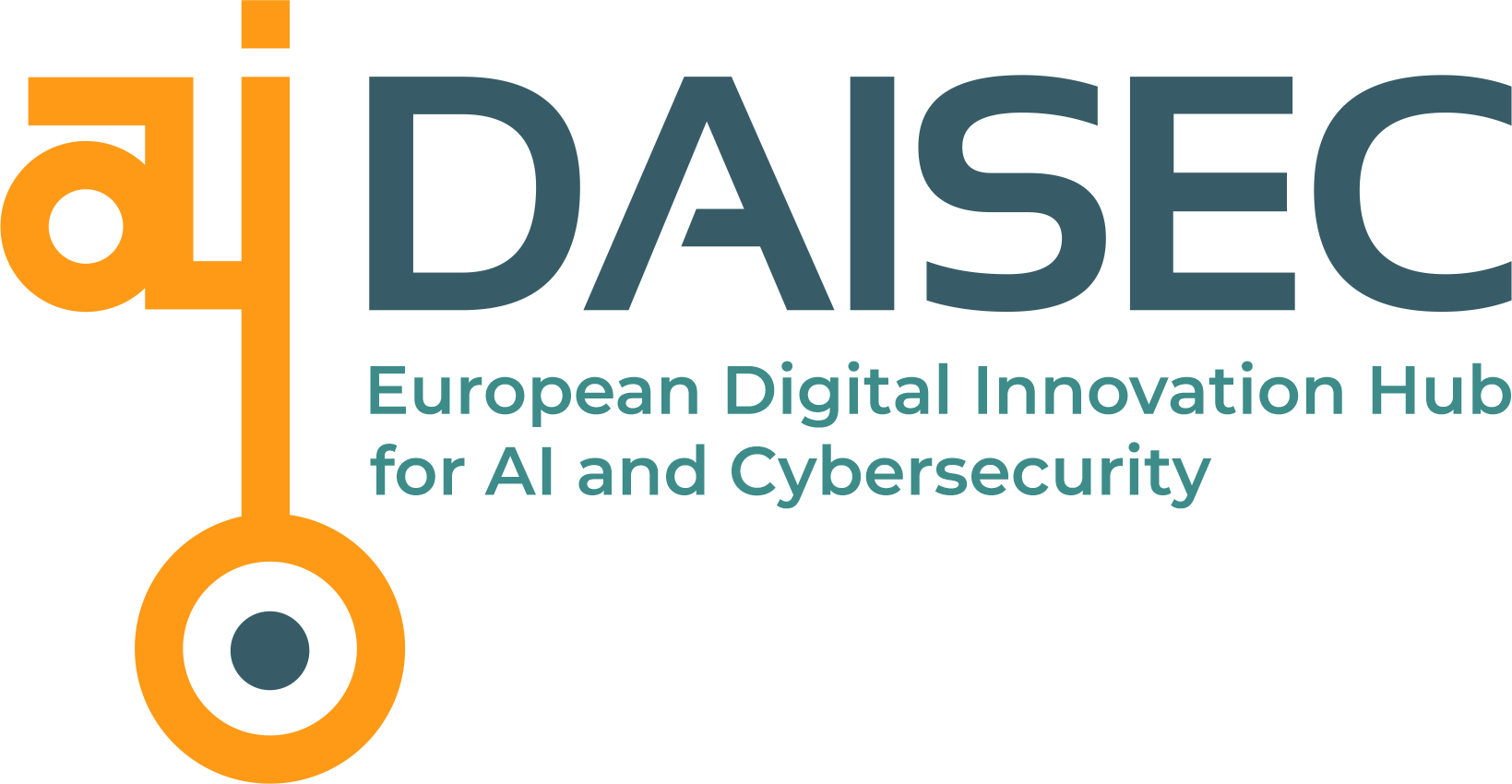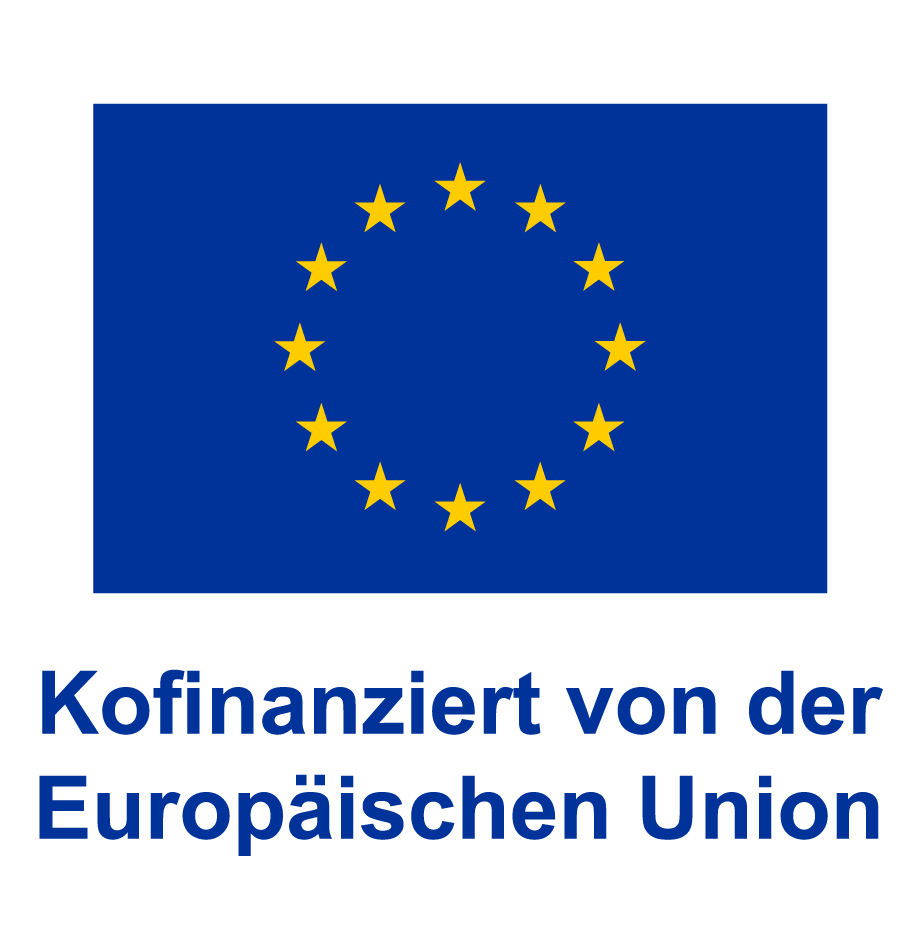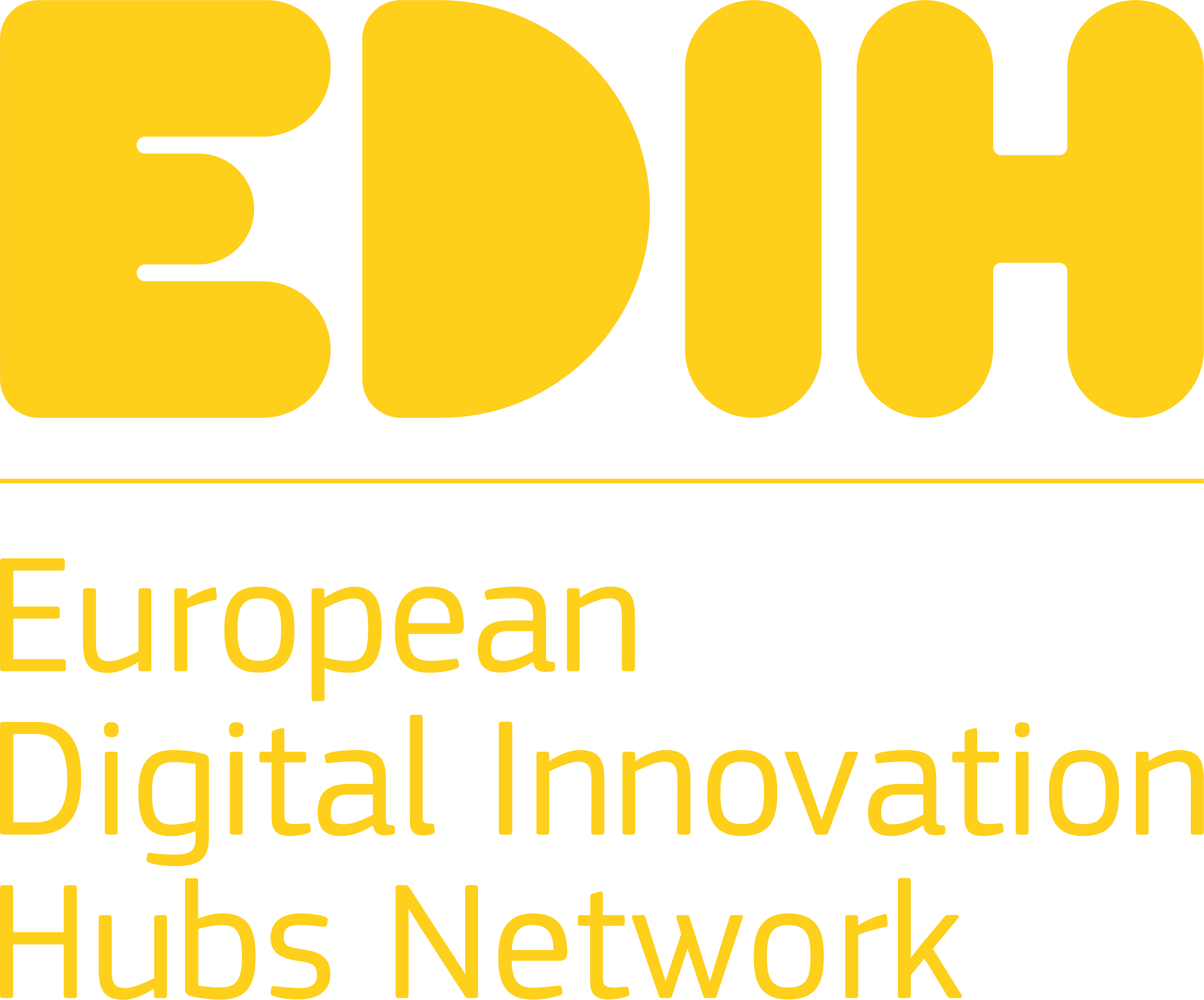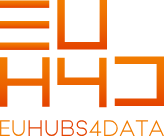The municipality of Burgwedel has set itself the goal of becoming energy self-sufficient - and is relying on a partnership with Energiegenossenschaft Burgwedel eG, which installs photovoltaic systems on public buildings. In order to identify the best buildings for investment, DAISEC has developed AI-based software for the energy cooperative that can be used to make informed investment decisions.
How can a municipality become energy self-sufficient?
The municipality of Burgwedel aims to become as energy self-sufficient as possible in the future. A first step in this direction is the installation of photovoltaic systems on all suitable public buildings in order to have as much locally generated electricity from renewable energies available as possible.
However, as the city not only lacks the employees and expertise, but also the necessary funding to comprehensively equip all buildings with PV, an energy cooperative was founded with the participation of the city. This co-operative is largely supported by the citizens of the town and takes on the planning, installation, operation and investment in the PV systems. The municipality pays the cooperative for the solar power it consumes, but at a much more favourable price than if it were purchased from an energy provider. Together with the subsidies from the Renewable Energy Sources Act for the surplus feed-in, this income represents the future income of the cooperative, which in turn is to be used for further investments in photovoltaic systems.
As the cooperative's initial funds are limited and therefore not all public buildings can be equipped with photovoltaic systems at the same time, the investment must be optimised by first identifying the buildings that offer the greatest benefit for electricity generation. A solution is required to prioritise these buildings, taking into account the possible PV systems (size, orientation) and local consumption.
Making informed investment decisions with the help of AI
To overcome this challenge, DAISEC developed AI-based software that uses geographical information about the buildings, their electricity consumption profiles and current weather data to calculate the optimal selection of building roofs, including the size of the photovoltaic systems.
The software takes into account the required investment costs and calculates which buildings should be equipped with PV and how in order to achieve the highest cost/benefit effect. This consists of both the profit for the cooperative and the savings for the municipality.
The software enables the input of all required data via CSV files and delivers the results in text form. On this basis, the cooperative can make well-founded decisions and utilise its financial resources efficiently.
AI software can also help elsewhere
The DAISEC software is not proprietary and can therefore also be used by other municipalities that pursue a similar model to that of the Burgwedel energy cooperative for the construction of photovoltaic systems.
Future applications of the system, even with changed boundary conditions, are possible without any problems, as the software can always be updated with new data or obtain its data from current data sources via the Internet. This means that investments can also be optimised in the future and the energy transition can be driven forward.
Your DAISEC contact
If you have any questions or would like to find out more about how Burgwedel is shaping the future with AI and photovoltaics, please contact us.
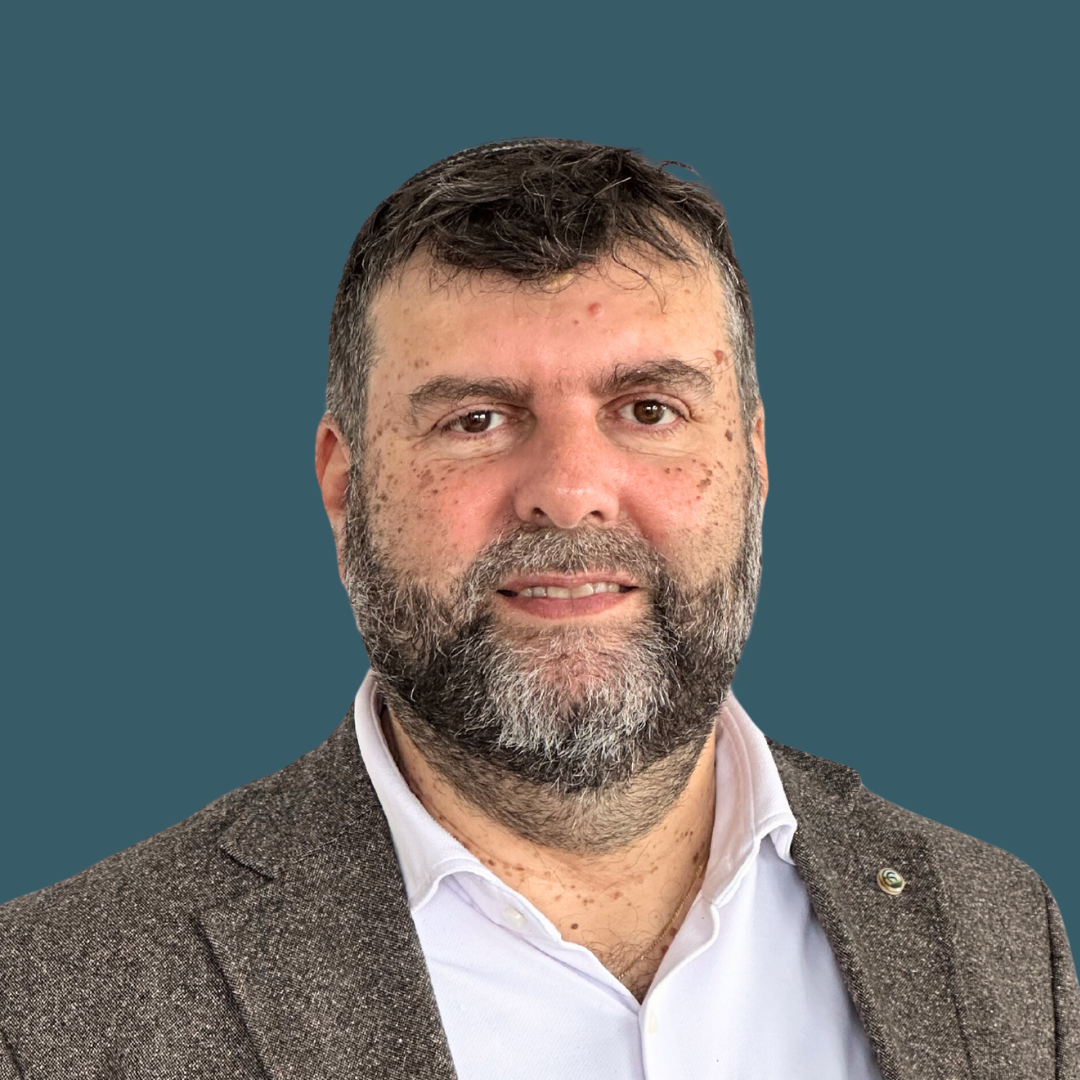
Managing Director
